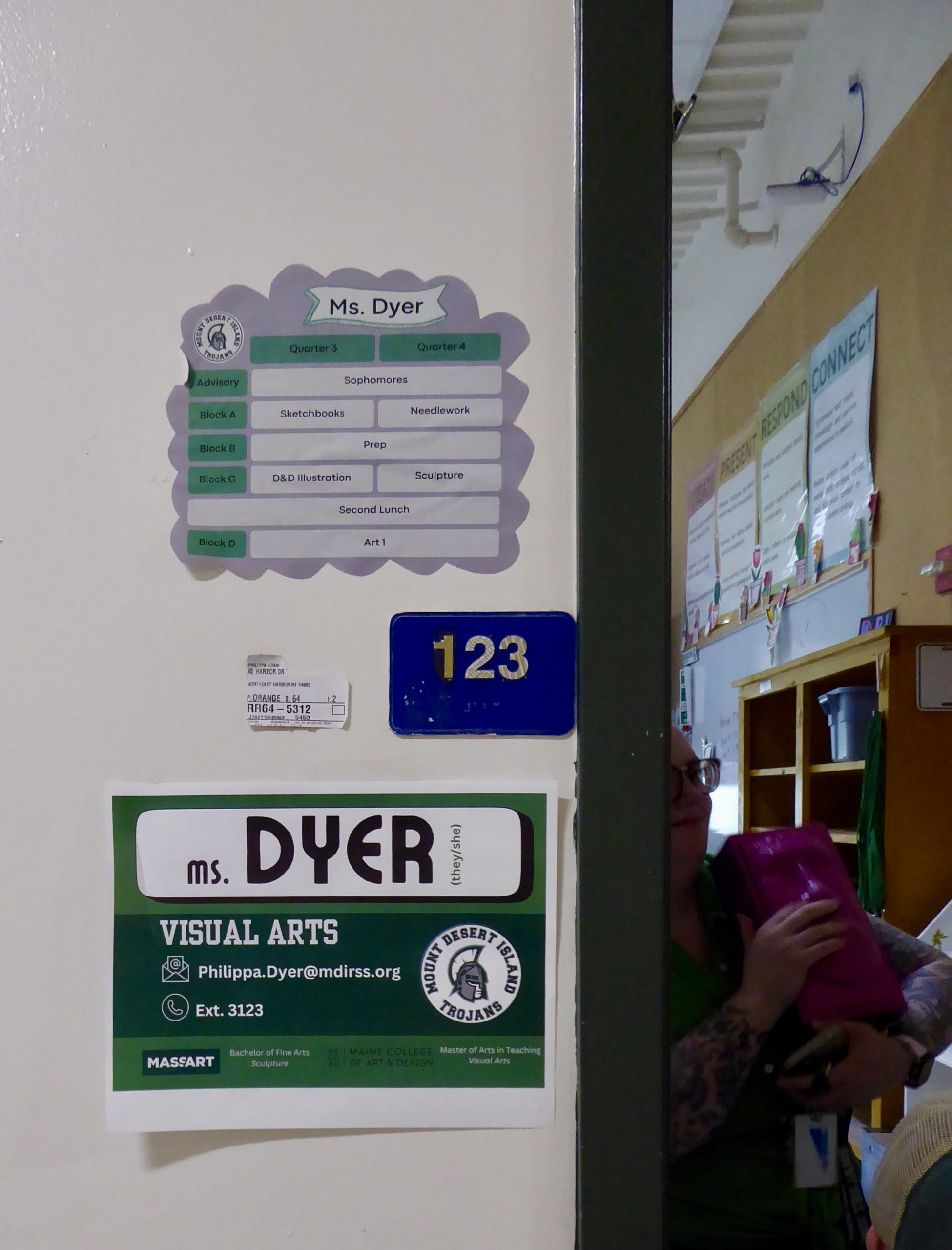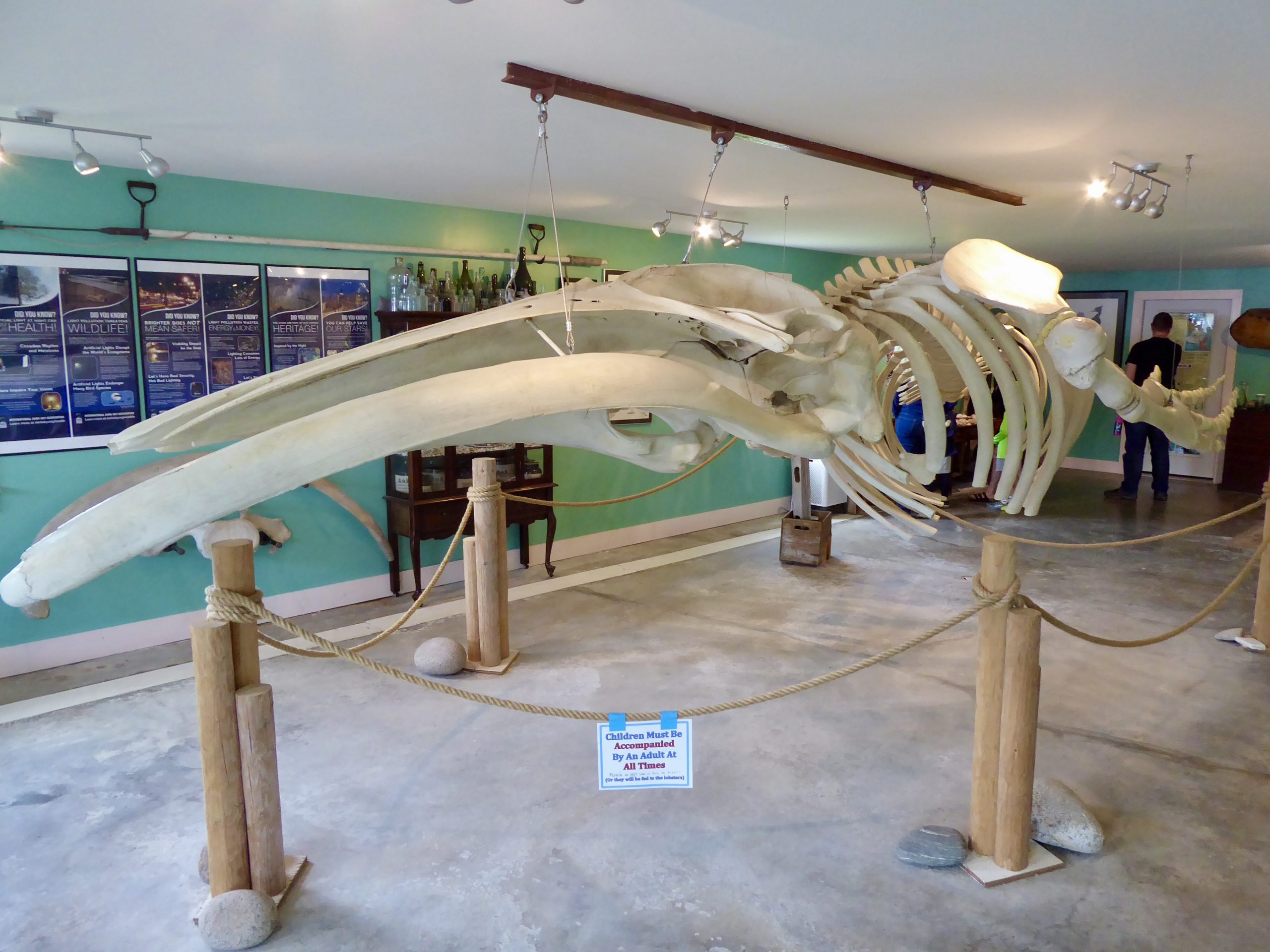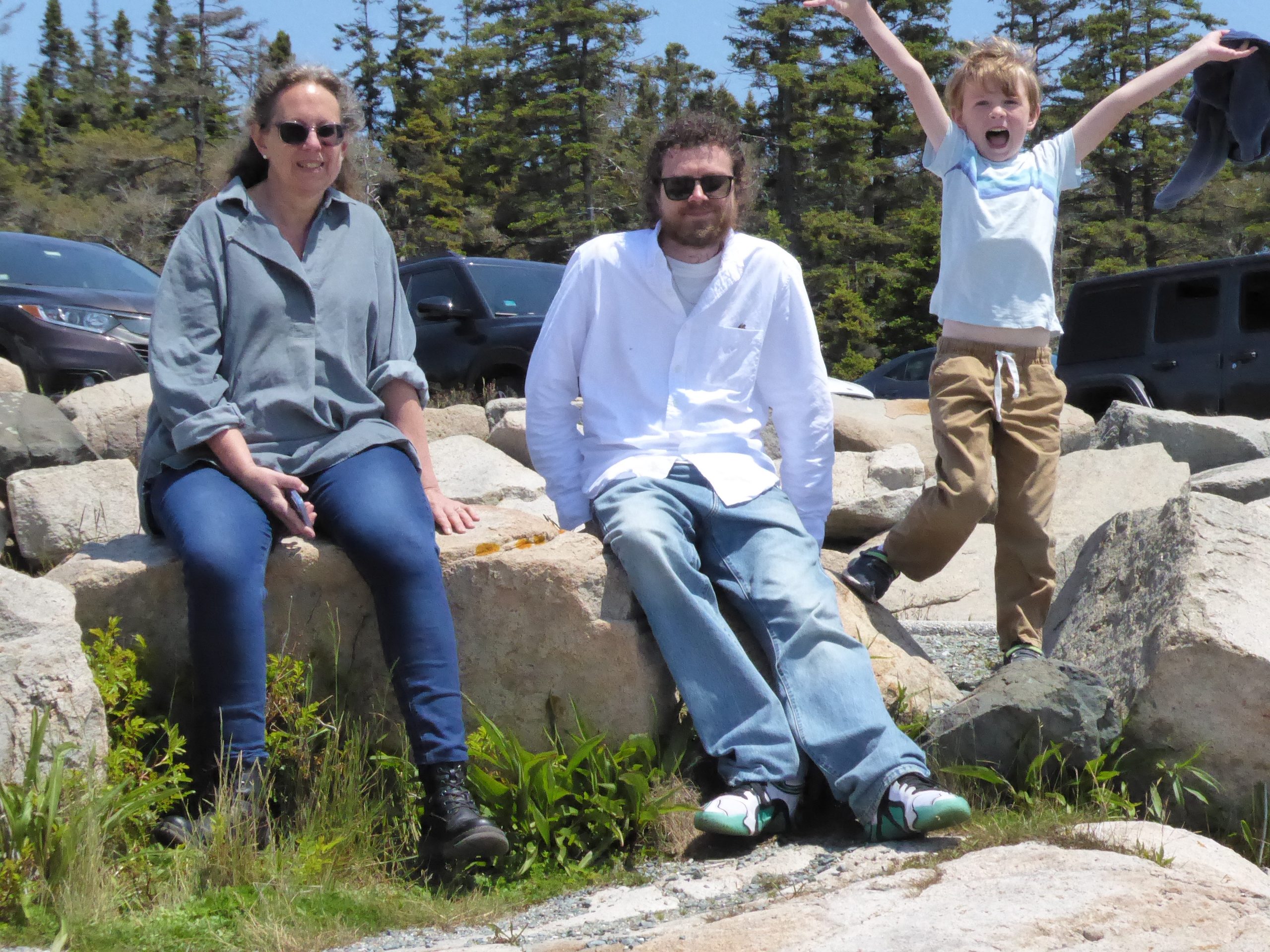We woke up early this morning to get to Kansas City in time for the first of our three flights homeward. Ours left a little late, so that we were cutting it close for our flight to Boston. Oua ground holdr flight out of Baltimore was slightly delayed, though, so we got there in good time — except that as soon as the plane rolled away from the terminal, we encountered a ground hold due to wind and lightning. Sure enough, we experienced both on-the-ground wind shaking the craft, and flashes of lightning.
After more than three hours on the ground, we were finally cleared for departure to Boston, with fading hopes of making our departure for Heathrow. Once again luckily, it turns out that bad weather in Baltimore was correlated to bad weather approaching Boston, so the plane had been delayed out of Logan. (Unluckily for us, while we were navigating over Rhode Island, I think, we hit a band of seriously choppy turbulence. Eeuuurgh…. But luckily for us, the plane held firm despite being tossed two or three feet up and down, so cheers to the Boeing engineers.) We grabbed a cursory dinner in the BA Lounge, and hurried to our gate to board for the overnight, arriving in Heathrow in the morning and staggering to the Airline bus to Oxford in good time. We were home again. Zzzzzzz….
(Inflight film viewing: to the US, A Complete Unknown, Captain America: Brave New World, and on the way back A Working Man and The Room Next Door. I’m pretty sure I watched at least one more, but without a list of options I can’t recall which. Ed Norton stole Complete Unknown from Chalamet, liked it a fair amount; The Room Next Door was deliberative, and Tilda Swinton was Tilda Swinton, and it was not as deep as it aspired to be, but it was more patient and less arm-twisty than many other versions might have been.)









